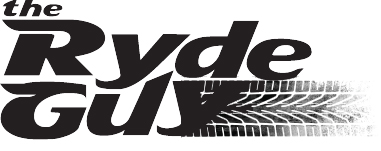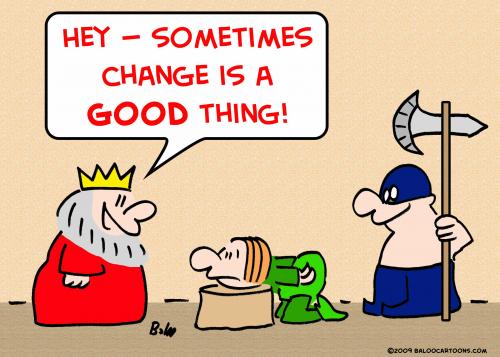Things are cruising along. Your team is in top form and your projects are right on track. Life is good as a team leader. Then there is a sharp curve in the road and up pops the CHANGE AHEAD sign. Do you hit the brakes or tap the brakes going into the curve, drive to apex, take the curve and accelerate out into the straight away? Hesitation or a wrong decision could put you in second place or even cost you the race.
Walt Disney Imagineering (WDI) seems to be in a constant state of change. Change may be partly or totally due to management rollover. In 25 years, I had 8 different leaders. Each with a different focus and agenda. Change is always on the horizon and is part of the culture. One thing for sure, it is inevitable.
Change can instill a sense of terror or adventure in a leader. One thing for sure, you can count on it always happening at the most inappropriate and inconvenient times. You can try to fight it or you can take it as an opportunity. As a leader, you’re expected to step up and face it head on with conviction and vision .
Careers are made and broken on how well a leader manages change. Change is challenging, invigorating and exhausting, all at the same time. If change is an inevitable state of leadership, then a good leader would prepared to act.
There’s much material available about leadership and change management. I found the white paper Change Management Leadership Guide – Ryerson University 2011 contains useful and practical suggestions for leaders. Here are a few excerpts to peak your interest.
A Leader’s change effort or initiative to take action, must start with a vision. Creating a vision will clarify the direction of change. The vision will also motivate individuals that are impacted to take action in the right direction.
Characteristic of an Effective Vision Statement
- Imaginable – conveys a picture of what the future will look like.
- Desirable – appeals to the long-term interests of employees, customers, stakeholders, etc.
- Feasible – comprises realistic, obtainable goals.
- Focused – clear enough to provide guidance in decision making.
- Flexible – general enough to allow initiative and alternative responses.
- Communicable – can be fully explained in 5 minutes.
Obstacles to Change
- Employee Resistance
- Communication Breakdown
- Insufficient Time Devoted to Training
- Staff Turnover During Transition
- Costs Exceed Budget
Leaders Role for Managing Change
Employee Resistance –
Leverage your relationship with your team to address employee concerns on a personal level.
Ask for feedback and respond to their concerns honestly and openly.
Resistance to change is the largest obstacle that Leaders will face.
Communication Breakdown –
Communicate key information to employees on an on-going basis.
The importance of developing a well thought out communication strategy is often overlooked when embarking on a change initiative.

Change before you have to – Jack Welch
Like it? Then share it!



